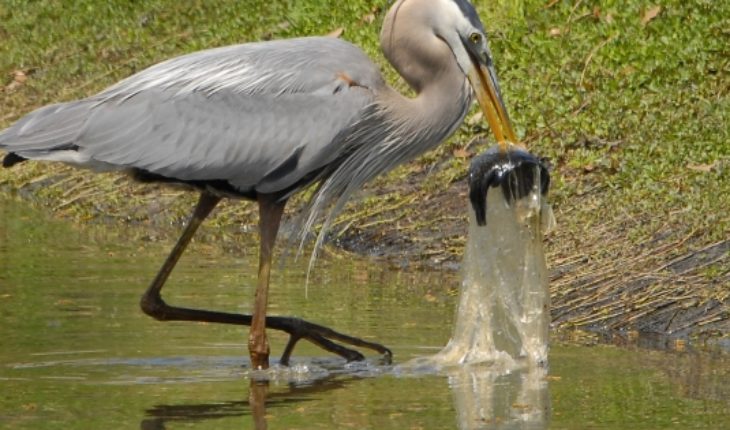Despite being a tiny amount compared to the hard plastics, light plastics – like wrappers, bags and mainly balloons – are more likely to kill seabirds. That was the result of the investigation led by the researcher of the Organization of scientific research and Industrial of the Commonwealth – CSIRO in English-Lauren Roman.
After the investigation, which reviewed the death of 1.733 seabirds of 51 different species, proved to them showed that the main cause of deaths of the cases studied was due to the blockage of the gastrointestinal tract. The secondary causes were infections and other complications due to the blockade.
“Ingestion of marine debris is now a threat known worldwide,” said Roman. “However, the relationship between the type of debris ingested by seabirds and the mortality rate caused even is poorly understood”.
While the light plastic only make up about 5% of the ingested materials, they are responsible for more than 40% of the slaughter. Balloons or their fragments were marine residue that is likely to cause death, and killed about 20% of the birds that ate them. So harmful is that a bird that swallow the fragment of a balloon is 32% more vulnerable to dying from complications, comparing it to a fragment of other types of plastic materials.
In the same way that showed plastic by sea turtle research, seems that while hard plastic fragments can quickly pass through the intestines, soft plastics are more likely to become compactor and cause fatal blockages.
Plastic with both plastic birds reach seas that 99% of all seabirds – and 95% of individuals of different spices – will end up swallowing some way or another to the year 2050. In 1960, the scientific studies found plastic in the stomach of 5% of the seabirds. This figure grew to 80% by the year 2010.
Plastic effects in seabirds may be several. The most serious is the intake of waste accumulation in the stomach, which can end up blocking the digestive tract, to cause the death of the animal by starvation–generates a feeling of fullness in the animal – or directly from asphyxia.
Plastics can also degrade in the stomach, adding toxins to your body. Without having to do with the intake, but still risk, plastic materials can be caught in birds, attacked flight or its power. This happens mainly in port and fisheries, coasts to entangled birds with the fishing gear.
translated from Spanish: Balloons that kill: lightweight plastics are the most responsible for the death of seabirds
March 3, 2019 |





